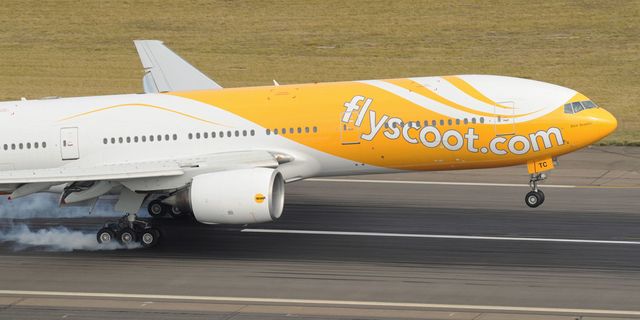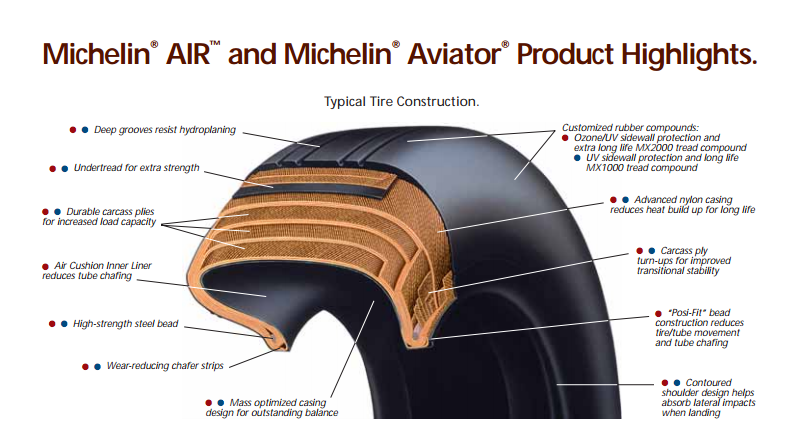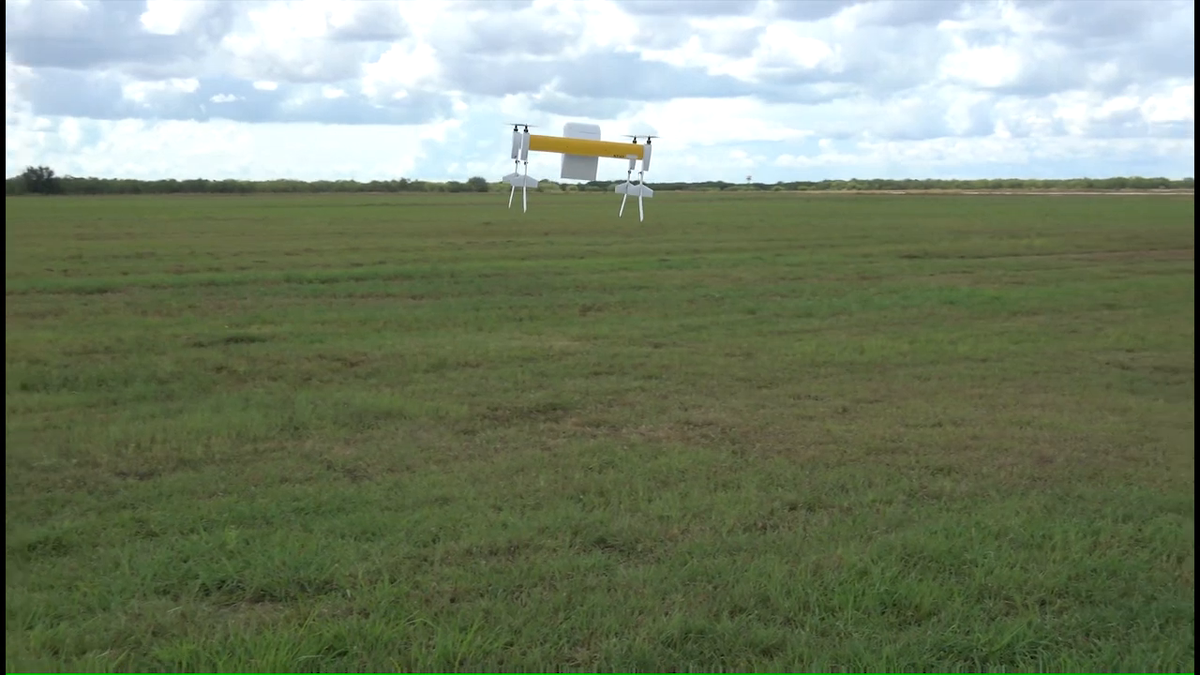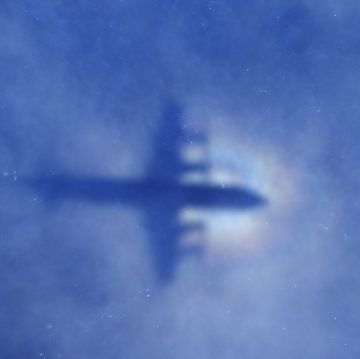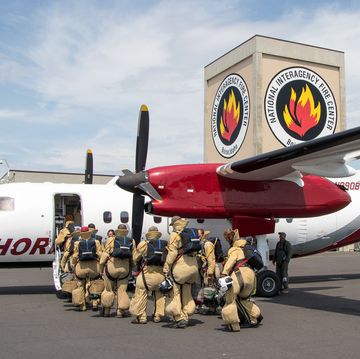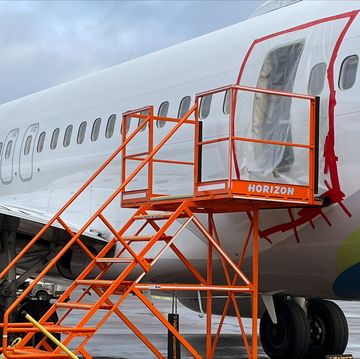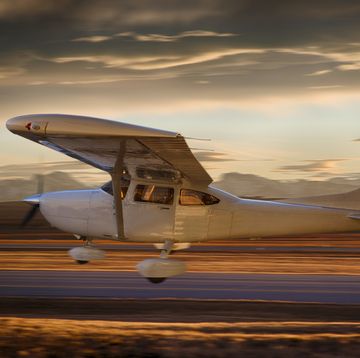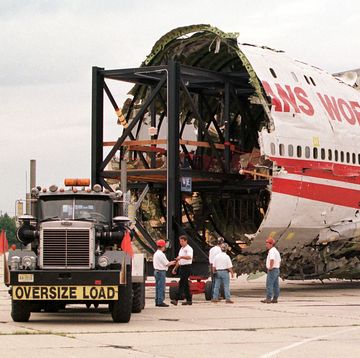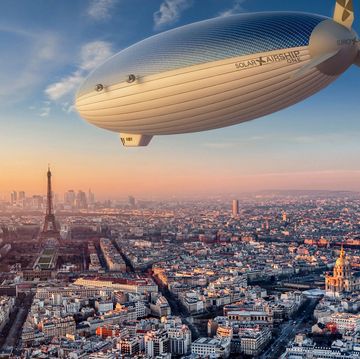You see the shredded remnants of car tires littering the highway all the time, yet you've almost certainly never witnessed or even read about a tire blowout on an airliner. Why not? Aircraft that weigh as much as buildings come in at 170 mph on airliner tires, made of basically the same materials as car tires, thousands of times every day. You'd think every now and then there would be a blowout.
But there almost never is. The simple reason is that airliner tires are blown up to about 200 psi, or about six times the psi of a car tire, according to Wired. It is the high air pressure that gives airliner tires their strength. Of course, the tire construction needs to be tougher stuff than your average car tire, but the strength of the rubber compounds is primarily to allow such high pressure inflations rather than to resist impact on landing.
Airliner tires aren't particularly large—the Boeing 737 tires measure 27x7.75 R15, which means they are 27 inches in diameter, 7.75 inches wide, and they are placed on a 15-inch rim. This is much smaller than a semi-truck tire, which can be over 40 inches in diameter and almost 20 inches wide. But plane tires are incredibly strong thanks to cords of nylon, or a synthetic polymer called aramid, that are embedded below the tread.
Aviation regulations require that airliner tires be able to withstand four times their rated pressure for at least three seconds, and the toughest tires can stand up to a landing at 288 mph. "It is almost impossible to blow out a tire by over inflating it," Lee Bartholomew, lead test engineer for Michelin Aircraft Tires, told Wired. "In fact, in cases where tires have been over-inflated, the wheel actually fails before the tire."
The simple tread pattern, designed primarily to prevent hydroplaning, and the reinforcing cords embedded beneath allow commercial airplane tires to touch down at high speeds and drag along the tarmac, which is why you see smoke, before the rotation of the wheels catches up to the velocity of the plane. Most of the wear and tear to an airplane's tires comes during this initial touchdown while the tires are skidding along rather than rolling. But even so, commercial airplane tires can touch down about 500 times before they need to be re-tread, and a tire can be restored this way up to seven times over the course of its life.
Of course, blowouts on airplanes do happen occasionally, usually due to under-inflation. But large commerical or cargo aircraft, such as the Airbus A380, often have more than 20 tires, providing enough stability to safely land even if one fails.
Thanks to over-engineering, tires are just one more reason commercial flights are much safer than driving down the highway.
Source: Wired

Jay Bennett is the associate editor of PopularMechanics.com. He has also written for Smithsonian, Popular Science and Outside Magazine.
